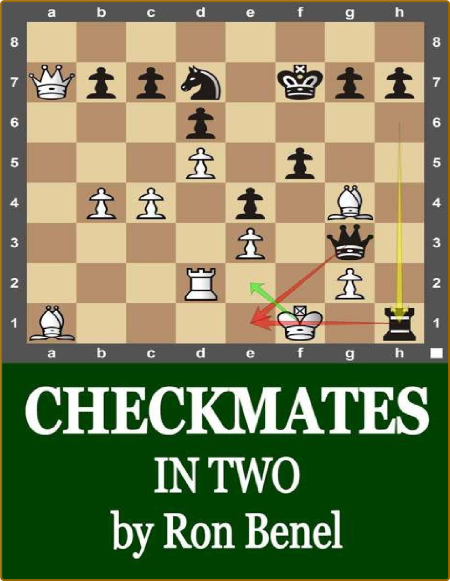
pdf | 36.06 MB | English | Isbn: B094YYCXJG | Author: Ron Benel | Year: 2021
Description:
This book might cause a headache!
Warning! The book contains 100 really hard mate-in-two puzzles by one of the best chess composers to have lived. You might get severely challenged while solving these puzzles.About Sam Loyd
Sam Loyd was born January 30, 1841, in Philadelphia, Pennsylvania, U.S., and died April 10, 1911, in New York. He is probably one of the greatest American puzzle creators ever. Not only did he create amazing chess puzzles, but Sam Loyd also made puzzle games and math puzzles. Loyd studied engineering and took a license as a steam and mechanical engineer, but he managed to create a career out of creating puzzles. When Loyd was 14 years old, he started creating his first chess problems.
As a 19-year-old he was problem editor for the magazine Chess Monthly, edited by no other than Paul Morphy. As a chess player, he peaked at no. 15 in the world around 1868-1869. It must therefore be clear that you are up against an excellent puzzle-master when you are going to solve the 100 mate in two problems in this book all composed by Sam Loyd. Loyd said the following about the art of making mate-in-two-problems:
"I have often expressed the opinion that it is no easy task to compose a good two-move problem. It should have a decided point, a well-defined theme with a sparkle to it; and the difficulty should consist in the surprise of the trick, and not in the mere trouble of selecting the correct key-move ."
You might ask why I should solve mate in two puzzles?
Former world no. 3 and renown chess trainer, Arthur Yusupov, writes in his book Boost Your Chess that mate-in-two-puzzles " ..are very useful for training in the calculation of variations. One is often foced to take into account a lot of candidate moves in order to reach the solution. It is very important to consider all possible replies for your opponent. This develops your skill in calculating short variations. "I hope this short intro will keep you motivated to solve these challenging chess puzzles. The problems are presented in a semi-random order to make different themes be presented evenly throughout the book.
The solutions are mostly presented with the different variations, but in some only the first correct move is given. This is the move I have found in the sources/databases, so I have judged that Loyd wanted it to presented like this. It also gives you an extra challenge to go visualize all the different variations of the solution.
About the author
Martin B. Justesen is an archivist by profession and an amateur chess player. This book is the second book published by Martin. The first book, Blindfold Endgame Visualization, which is also available in the Amazon store, was published in 2020 and has been highly praised for its simple design and innovative idea.
Category:Chess, Logic & Brain Teasers, Chess

